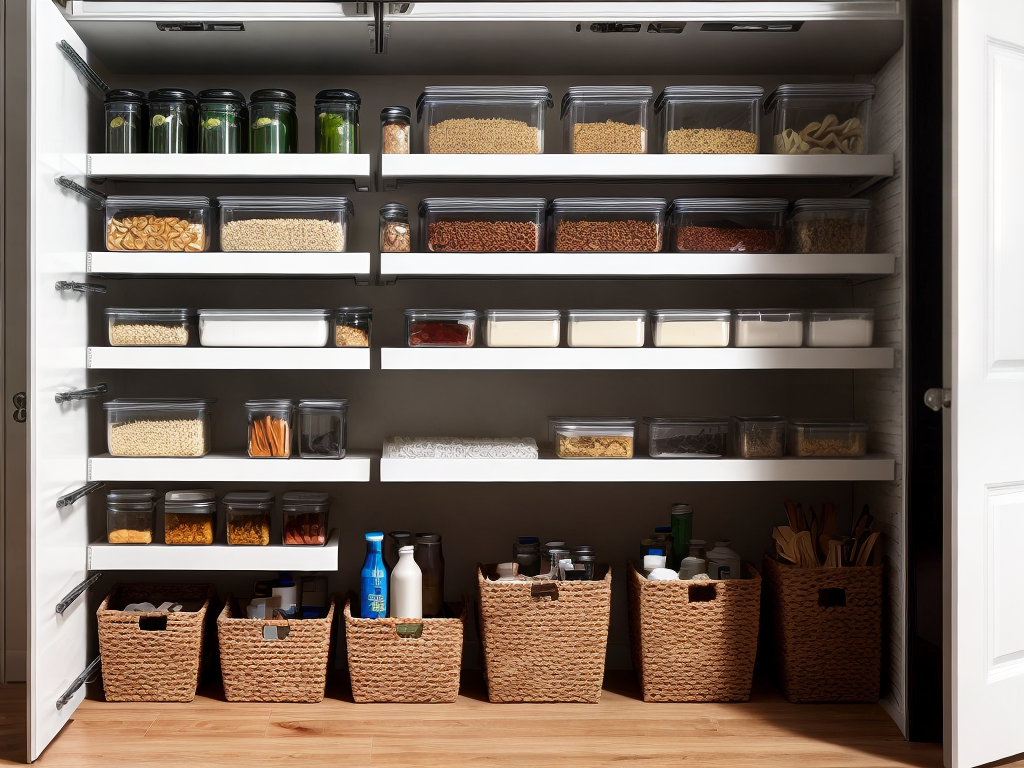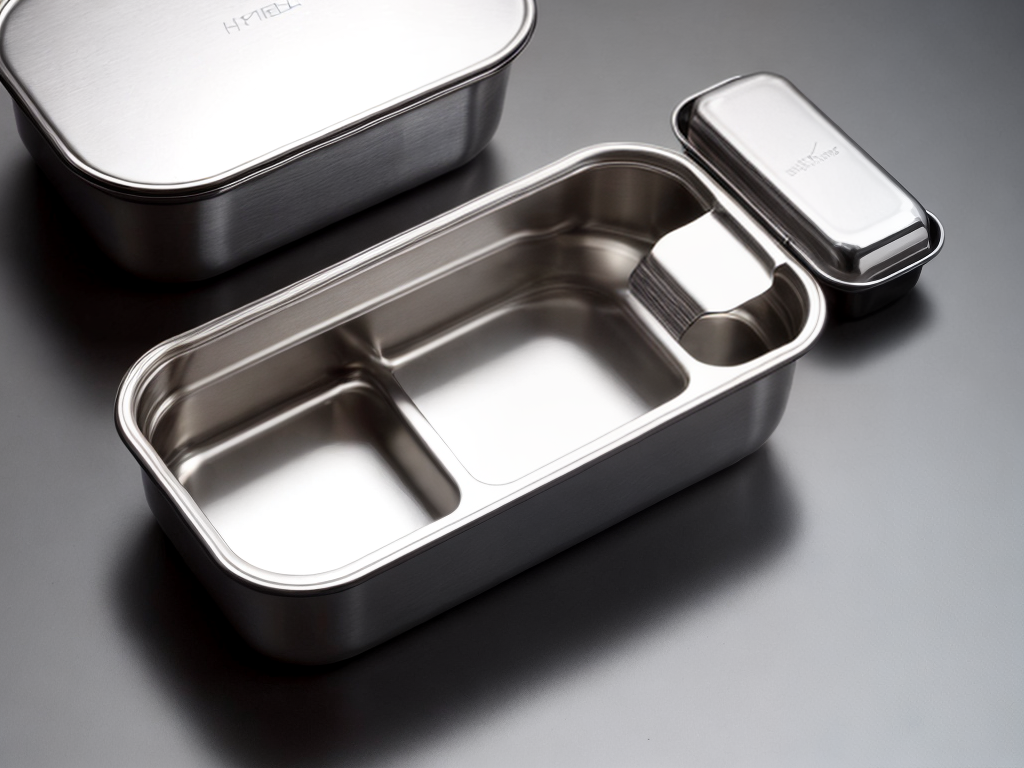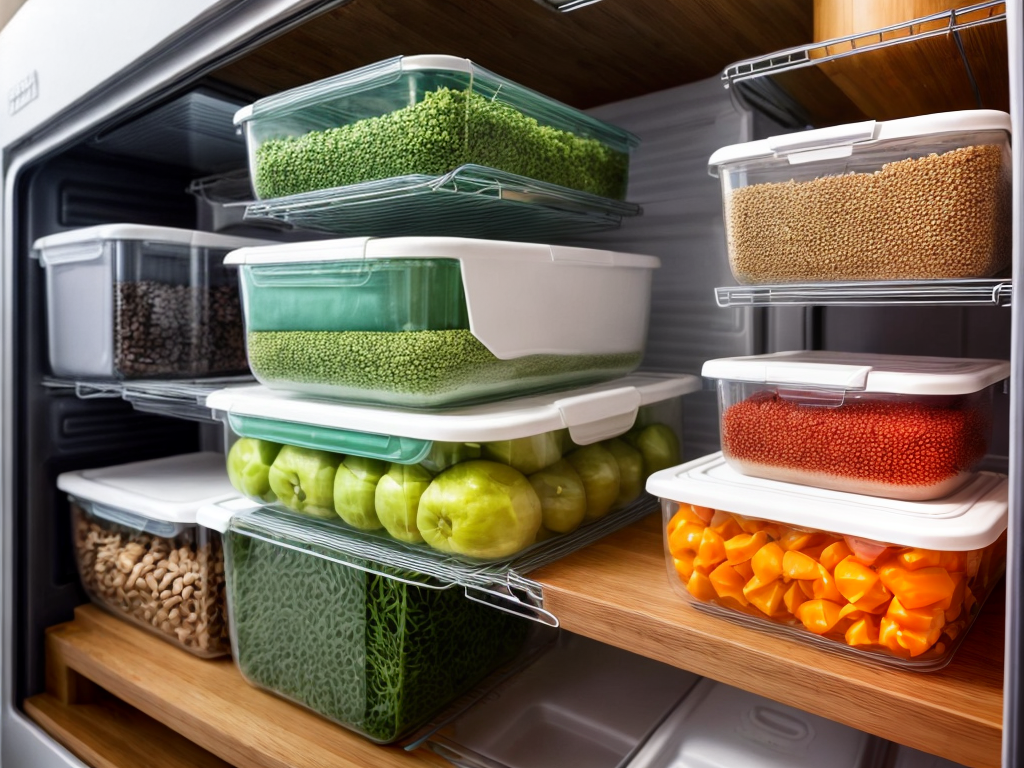
As someone who loves to cook, I know the importance of keeping your pantry stocked with fresh ingredients. But how do you ensure that your staples, like flour, rice, and spices, stay fresh and flavorful for as long as possible? In this discussion, I will share some dry storage basics that will help you keep your pantry items in pristine condition. From understanding shelf life to proper packaging techniques, temperature and humidity control, and organizing and rotating your staples, I will provide you with essential tips to ensure that your ingredients are always at their best. So let’s dive into the world of dry storage and discover how to keep your staples fresh for longer periods.
Understanding Shelf Life
Understanding shelf life is crucial when it comes to proper dry storage management. As someone who desires mastery in dry storage, it is important to have a clear understanding of the expiration dates and how to revive expired products.
Expiration dates are labeled on most dry goods to indicate the date at which the product is no longer guaranteed to be at its best quality. However, it is essential to note that these dates are not always an indication of safety. Many dry goods, such as rice or pasta, can still be consumed safely even after their expiration dates have passed, as long as they have been stored properly.
To revive expired products, it is important to assess their quality before use. Check for any signs of spoilage, such as mold, unusual odors, or discoloration. If the product appears to be in good condition, it can be consumed after proper cooking. However, if there are any doubts or concerns, it is best to discard the expired product to avoid any potential risks.
Understanding expiration dates and knowing how to revive expired products is essential for effective dry storage management. By following these guidelines, you can ensure that your dry goods are safe and of the highest quality for an extended period.
Temperature and Humidity Control
When it comes to dry storage, maintaining the ideal temperature is crucial. The temperature range will vary depending on the specific items being stored, but generally, it should be kept between 50 to 70 degrees Fahrenheit. Additionally, managing moisture levels is equally important to prevent the growth of mold or bacteria.
Ideal Temperature Range
Maintaining an ideal temperature range is crucial for effective temperature and humidity control in dry storage. Temperature control is essential because fluctuations can lead to spoilage and deterioration of stored items. To help you understand the importance of temperature in dry storage, take a look at the table below:
| Temperature Range (°C) | Storage Recommendation |
|---|---|
| Below 5°C | Ideal for perishable items such as dairy products and fresh produce. |
| 5°C to 15°C | Suitable for most dry goods, including grains, cereals, and spices. |
| 15°C to 25°C | Appropriate for canned goods, condiments, and non-perishable items. |
| Above 25°C | Avoid this range as it can accelerate spoilage and decrease shelf life. |
Remember to always use appropriate storage containers that provide insulation and maintain a consistent temperature. By ensuring the ideal temperature range, you can preserve the quality and extend the shelf life of your stored staples.
Managing Moisture Levels
To effectively manage moisture levels in dry storage, it is crucial to control both temperature and humidity. Maintaining the right temperature and humidity levels is essential for preventing spoilage and maintaining the quality of your staples. Temperature control is important because high temperatures can accelerate the deterioration of food products, while low temperatures can lead to freezing and loss of texture. Humidity control is equally important as high humidity can promote mold growth and spoilage, while low humidity can cause products to dry out and become stale. To manage moisture levels effectively, it is recommended to keep the temperature in dry storage between 50-70 degrees Fahrenheit and humidity levels below 60%. Regular monitoring and adjustment of temperature and humidity levels will help ensure the freshness and quality of your stored staples.
Proper Packaging Techniques
Proper packaging techniques ensure optimal storage conditions and extend the shelf life of products. Here are four key methods you can use to package your staples effectively:
-
Choose the right containers: Storing your staples in airtight containers is crucial for maintaining freshness. Opt for containers made of glass, plastic, or metal with tight-fitting lids to keep out moisture and pests.
-
Label your packages: Properly labeling your packages helps you identify your staples easily and track their expiration dates. Use waterproof labels or markers to prevent smudging and ensure clear visibility.
-
Remove excess air: Before sealing your containers, remove excess air to prevent oxidation and moisture buildup. You can use vacuum-sealed bags or simply press out the air from resealable bags before sealing them.
-
Store in a cool, dark place: Proper storage conditions are essential for preserving the quality of your staples. Keep them away from direct sunlight and store them in a cool, dry area, such as a pantry or cupboard.
Organizing and Rotating Your Staples
When it comes to organizing and rotating your staples in dry storage, there are a few key points to keep in mind. First, labeling and categorizing your items can help you quickly locate what you need. Second, implementing a first in, first out system ensures that older items are used before newer ones. Finally, using clear containers allows for easy visibility of your inventory. By following these tips, you can maintain an organized and efficient dry storage system.
Labeling and Categorizing
In order to maintain an organized and efficient dry storage system, it is crucial to label and categorize your staples. Here are four key reasons why labeling and categorizing are vital:
-
Easy Identification: Proper labeling techniques allow you to quickly identify each item in your dry storage. This saves time and eliminates the frustration of searching for specific staples.
-
Preventing Spoilage: By categorizing your staples based on their expiration dates, you can easily locate those that need to be used first. This helps prevent spoilage and ensures that you are using your staples in a timely manner.
-
Efficient Inventory Management: Organizing methods like categorizing your staples by type or usage can help you keep track of your inventory. This allows you to know when it’s time to restock and avoid running out of essential items.
-
Optimized Space Utilization: By labeling and categorizing your staples, you can make the most of your storage space. Proper organization prevents items from being misplaced or forgotten, maximizing the efficiency of your dry storage system.
Maintaining an organized and well-labeled dry storage system is essential for anyone seeking mastery in this area.
First In, First Out
To maintain optimal freshness and prevent waste, it is crucial to organize and rotate your staples using the ‘First In, First Out’ method. This inventory management technique ensures that older items are used before newer ones, reducing the risk of spoilage or expiration. By implementing this strategy, you can optimize your storage and minimize the chances of food going to waste.
To illustrate the ‘First In, First Out’ method, consider the following table:
| Item | Quantity | Date Received |
|---|---|---|
| Rice | 2 bags | 01/15/2022 |
| Pasta | 3 boxes | 01/20/2022 |
| Cereal | 1 box | 01/10/2022 |
In this example, the rice should be used first, followed by the cereal and then the pasta. By organizing your staples in this manner, you can ensure that nothing gets left unused for an extended period. Implementing the ‘First In, First Out’ method is an excellent practice for storage optimization and helps you maintain a well-managed inventory.
Clear Containers for Visibility
Clear containers provide visibility and aid in organizing and rotating your staples effectively. Here are four reasons why using clear, airtight containers for pantry organization is essential:
-
Easy Identification: Clear containers allow you to see the contents at a glance, eliminating the need to search through multiple containers to find what you need. This saves time and minimizes frustration.
-
Prevents Waste: By storing staples in clear containers, you can easily monitor their freshness and expiration dates. This helps you avoid using expired items and reduces food waste.
-
Space Optimization: Clear containers allow you to stack and store items efficiently, maximizing the use of your pantry space. You can easily see how much of each staple you have left and plan your grocery shopping accordingly.
-
Maintains Freshness: Airtight containers keep your staples protected from moisture, pests, and odors, ensuring they stay fresh and flavorful for longer periods.
Avoiding Contamination and Pest Infestation
Proper storage practices are essential for preventing contamination and pest infestation. When it comes to dry staples, such as grains, legumes, and spices, it is crucial to take precautions to avoid mold growth and keep unwanted pests at bay. One effective way to achieve this is by sealing containers effectively. By ensuring a tight seal, you can prevent moisture from entering and causing mold to develop.
To further emphasize the importance of proper storage, here is a table highlighting common contaminants and pests that can infiltrate your dry staples, along with preventive measures to keep them at bay:
| Contaminant/Pest | Prevention |
|---|---|
| Mold | Seal containers tightly to prevent moisture. Store in cool, dry areas. Discard any moldy ingredients immediately. |
| Insects | Use airtight containers to keep bugs out. Clean storage areas regularly. Consider using bay leaves or sachets of dried herbs to repel insects. |
| Rodents | Store food in sturdy, rodent-proof containers. Seal any potential entry points. Keep storage areas clean and free of crumbs or spills. |
Tips for Reviving Stale Ingredients
Reviving stale ingredients can be easily accomplished with a few simple techniques. Here are four tips to help you bring your bread back to life and preserve the flavors of your spices:
-
Bread: If your loaf has gone stale, don’t despair. Sprinkle a little water on the crust and place it in a preheated oven at 350°F for about 10 minutes. This will help to rehydrate the bread and make it soft and delicious again.
-
Spices: To maintain the freshness and potency of your spices, it’s important to store them properly. Keep them in airtight containers away from heat, light, and moisture. If your spices have lost their vibrant flavor, toast them lightly in a dry pan to release their aromas.
-
Bread: Another way to revive stale bread is by making toast. Simply slice it and put it in the toaster or under the broiler until it turns golden brown. The heat will bring back its crispiness and enhance its taste.
-
Spices: If your spices have clumped together, break them apart with a mortar and pestle or pulse them in a spice grinder. This will help to restore their texture and ensure an even distribution of flavor in your dishes.
Conclusion
In conclusion, by understanding the shelf life of staples, controlling temperature and humidity, using proper packaging techniques, organizing and rotating your supplies, and taking steps to avoid contamination and pest infestation, you can ensure the freshness and quality of your staples. Additionally, if you find yourself with stale ingredients, there are tips available to help revive them. By following these basics of dry storage, you can maintain the freshness of your staples for longer periods of time.











